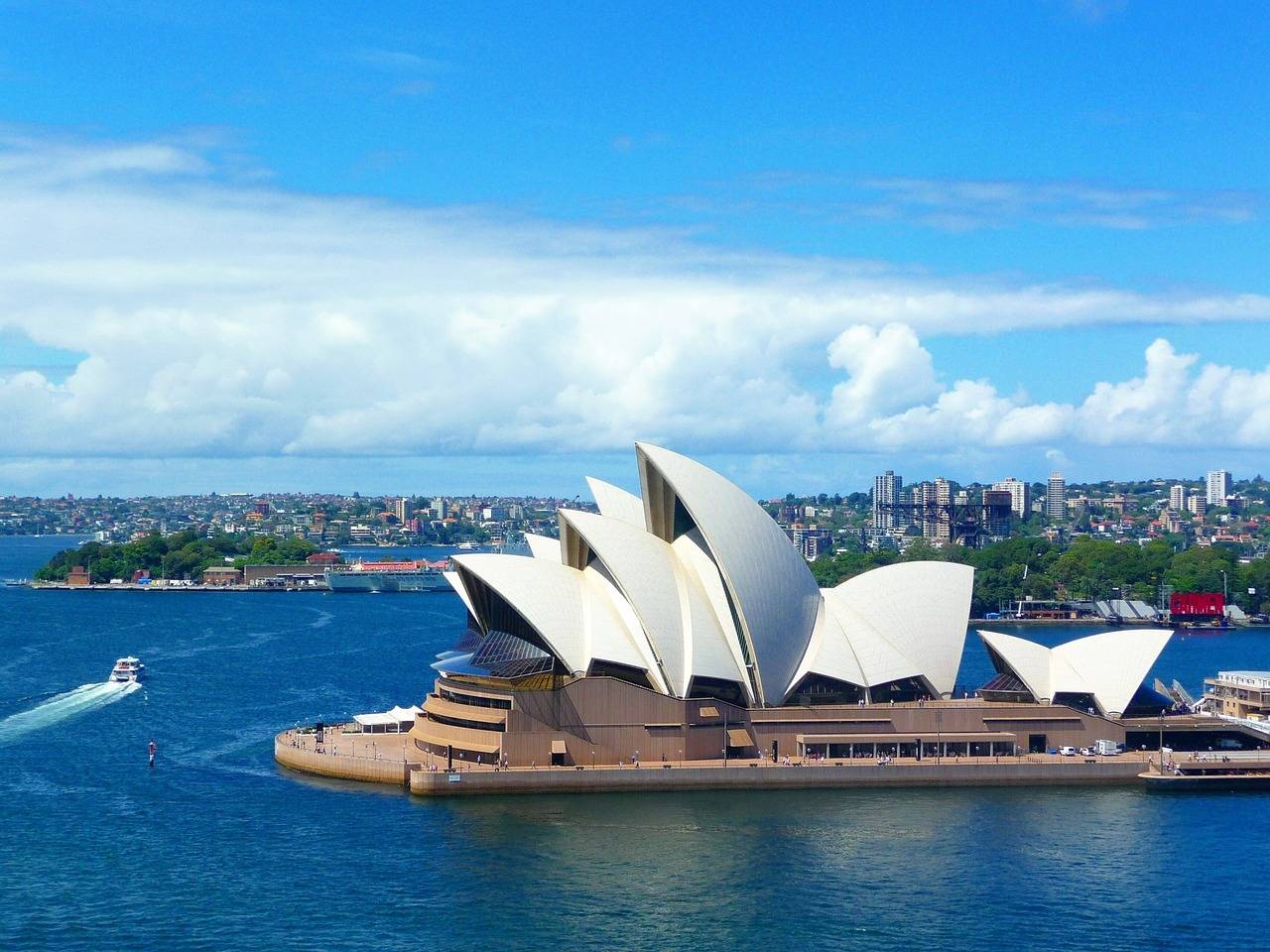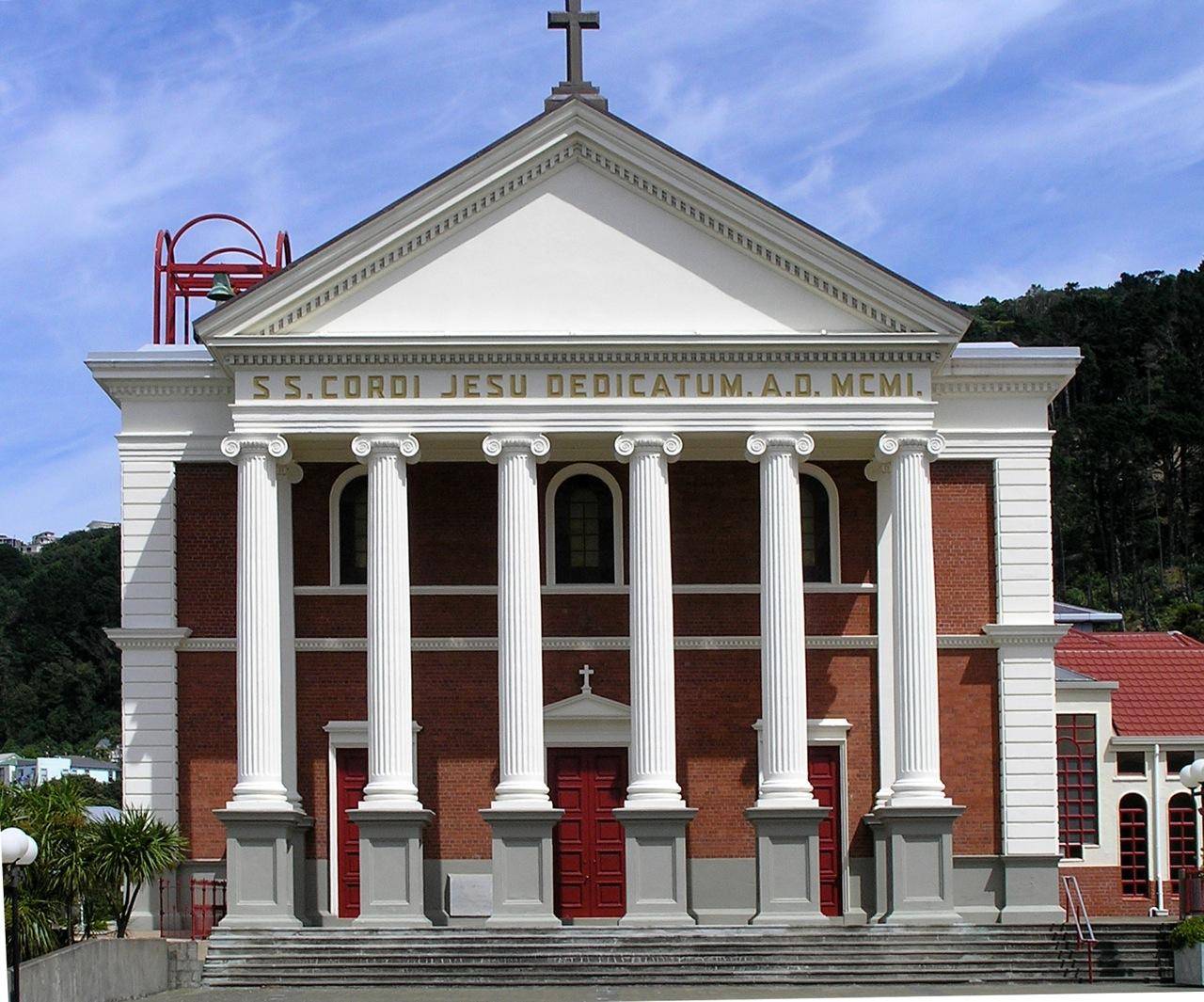Australia’s bishops are seeking answers after the country’s financial watchdog reported that there have been over 47,000 separate transfers from the Vatican or affiliates worth $1.8 billion in the past seven years.
Both the Vatican and the Australian church have denied knowledge of the transfers, made public in December by the Australian Transaction Reports and Analysis Center (AUSTRAC), in response to a parliamentary question by Senator Concetta Fierravanti-Wells. The amount of the transactions was first reported by the local newspaper The Australian.
The transfers from the Vatican to Australia rose rapidly from $71.6 million in 2014 to $137.1 million in 2015 before doubling again to $ 295 million in 2016 and peaking at $581.3 million in 2017, according to Austrac disclosures in response to Fierravantti-Well’s questions during Senate estimation hearings.
More than $422 million were transferred in 2018, $491.8 million in 2019 and $294.8 million this financial year to date, in total more than 40,000 transactions, Austrac found.
“The Australian bishops only became aware of the transfers when AUSTRAC released the information, just before Christmas,” Bishop Richard Umbers, auxiliary of Sydney, told Crux.
“While details of the number and quantity of the payments have been provided, there is still no information about the recipient or recipients, nor whether monetary transfers are still being made,” he said.
Archbishop Mark Coleridge of Brisbane told Reuters that the Australian Church knew nothing about the transfers: “I can assure you that no diocese or other Church entity saw any of the money.”
Allegations have been made of that money being used to either make settlements with clerical abuse victims, or to build a case against Cardinal George Pell, who after a little over a year in prison over historical abuse allegations was released early in 2020.
Pell had served as the Vatican’s Secretary of the Economy.
“It is appropriate for us to ask for more detail from AUSTRAC, and also for the Australian Federal Police to investigate,” Umbers said.
“Contrary to popular stereotypes the Church simply does not have that kind of money – the Vatican operates on a budget comparable to a mid-sized Australian company,” he added. “If this is a laundering operation then we need to ensure any malfeasance is exposed and remedied.”
The Vatican’s yearly budget is estimated to be close to $350 million, less than many U.S. universities. How a sum four times that could be transferred to Australia in a span of seven years is one of the many unanswered questions about the situation.
“In the current atmosphere of dark speculation about money transfers, the lack of transparency and the way it was disclosed is very useless,” Coleridge told The Australian before the new year. “We are considering asking the Holy See to explain the transfers in a way that provides clarity and transparency.”
“What is true amid great uncertainties is that the Australian bishops did not know about these transfers until last week’s disclosure and we were surprised by the scale of the transfers,” Coleridge continued.
“I have spoken with other bishops and the Papal Nuncio in Canberra and no one knew about these transfers and we do not know of any Australian Catholic charities, dioceses, order or agency that received this money from the Holy See,” he said.
“We do know that despite some speculation, the money was certainly not used for the church’s costs relative to actual commissions or Cardinal (George) Pell’s legal costs. We are puzzled,” the archbishop said.
Follow Inés San Martín on Twitter: @inesanma















